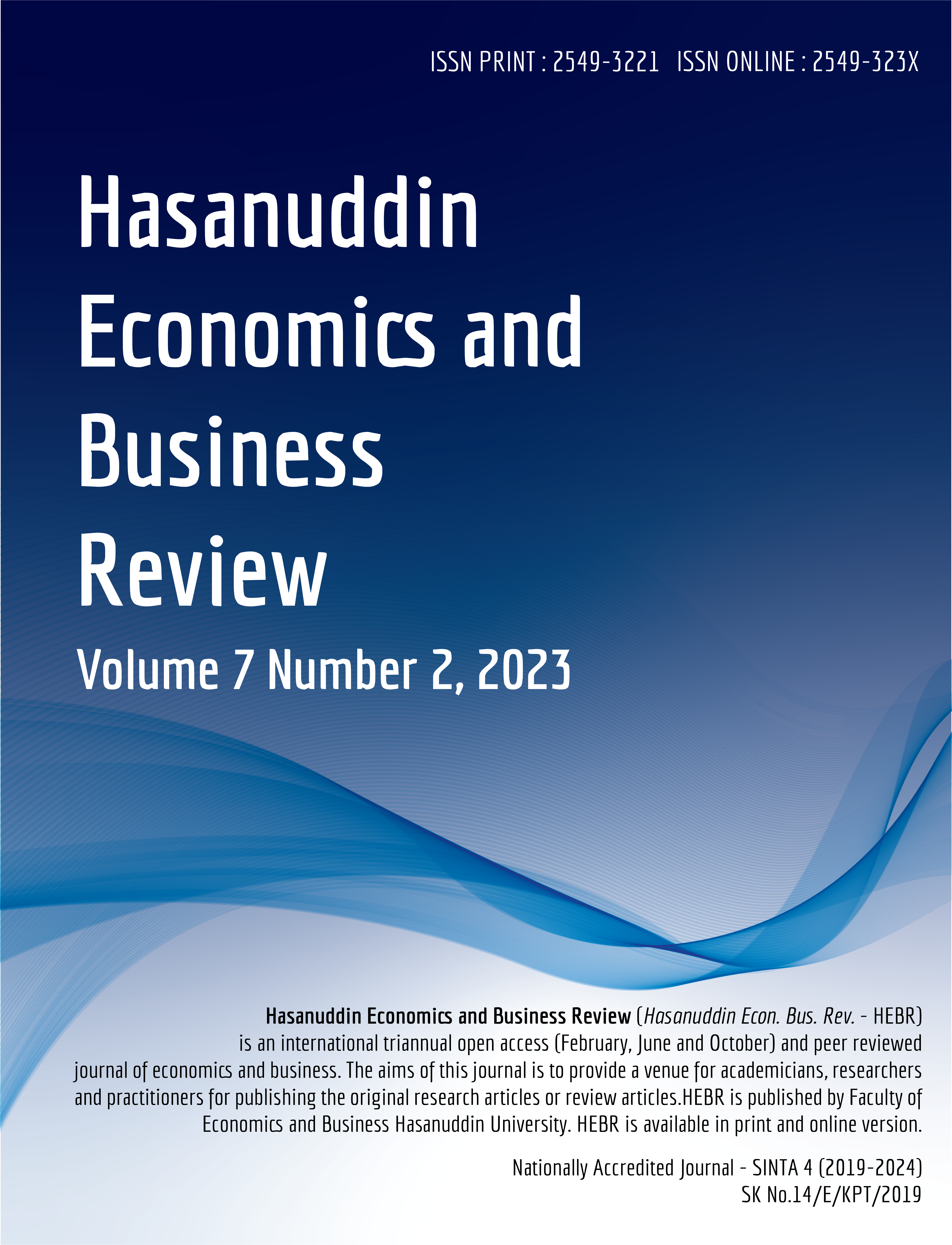Abstract
The study in this paper aims to estimate the effect of Free Trade Agreement (FTA) and Non-Tariff Measures (NTMs) on trade volume in Indonesia. The methodology used to determine the effect of the FTA and NTM is Fixed Effect Model (FEM) and Random Effect Model (REM) on a panel dataset from 2000 to 2020 in 10 main exports destination countries for Indonesia, and set four models to explain these effects. Models 2 to 4 which use the fulfillment of SPS, TBT and a combination of SPS and TBT as non-tariff barriers variables are found to have a negative and significant effect on Indonesia's export performance with resulting that SPS requirements by importing countries will be reduced by 5.7% (Model 2), TBT requirements by 6.02% (Model 3), and the combination of fulfilling SPS and TBT requirements 8.4% (Model 4) on Indonesia's export performance. In the REM model, RTA as a variable of FTA has a negative and significant impact on the value of Indonesia's exports with 3.8% effects. RTA policies with several countries such as Japan, Singapore and South Korea have not been effective in increasing Indonesia's exports for several periods. Meanwhile the trade between the USA and Indonesia without an FTA mechanism has actually increased the value of exports from 2003 to 2020. Furthermore, the implementation of meeting the requirements of non-tariff barriers could have a negative effect on Indonesia's export performance, and trade relations occur with four countries with the largest and negative intercept effect, namely Japan, followed by Singapore, USA and South Korea.Authors who publish in this journal agree to the following terms:
- The journal holds the copyright for each article published with work licensed simultaneously under a Creative Commons Attribution 4.0 International License, which allows others to share the work with an acknowledgement of the authorship and early publication of the work in this journal.
- Authors must agree to the copyright transfer agreement by checking the Copyright Notice column at the initial stage when submitting the article.

